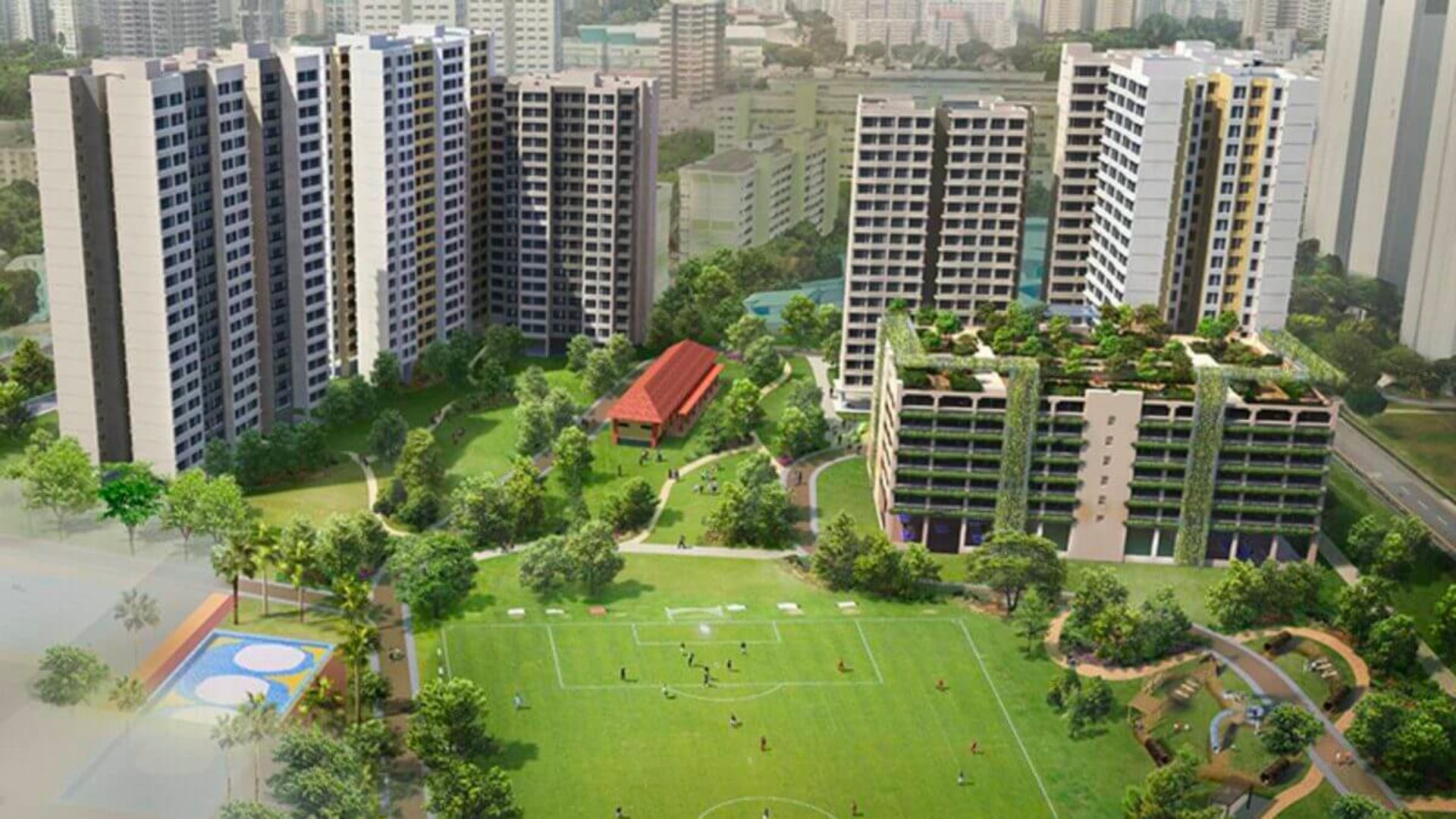
TL;DR – Speaking in the Parliament on 6 Feb, National Development Minister, Mr Desmond Lee affirms that the PAP Government is committed to keeping HDB flats affordable and accessible for Singaporeans.
How HDB flats remain affordable
The Home Price to Income ratio (HPI) measures broadly the number of years of total household income it takes to pay for a home. The HPI for a 4-room flat in a non-mature estate was 6. And the HPI dropped and maintained below 5 from 2015 onwards.
When pricing HDB BTO flats, HDB looks at the household income across different levels and establishes affordable prices for flat buyers.
In non-mature estates, BTO flats are typically priced around a Mortgage Serving Ratio (MSR) of 25% or less to ensure that buyers can use less than a quarter of their household income to pay for the mortgage instalment, with little to no cash outlay.

The price of a 4-room BTO flat in a non-mature estate was $341,000 in 2019 and in 2022, the average price was $342,000. Considering inflation and the increase in construction costs, having only a slight increase in price is commendable.
Close to 70% of the BTO flats launched in 2022 across all estates can be affordably purchased with a household income of $8,400 at a MSR of 25% or less, meaning that these households use a quarter or less of their household income to pay for the mortgage instalment.
How Singapore’s public housing ownership fair compared to other cities
This is set against the context that 90% of Singaporeans are homeowners today. More remarkably, around 85% of our low-income households own their homes.
Generally, our HPI ratios are 4 to 5 times. This means that it takes around 4 to 5 years of total household income to buy a home. Compared to other major cities like London, Los Angeles and Sydney, it is 8 to 15 times. In Hong Kong, it is more than 20 times.
Why have resale HDB prices risen?
COVID-19 disrupted construction work and when people saw that the supply of BTO flats was affected by construction delay, some decided to look for resale flats instead. With the surge in demand for resale flats, prices naturally escalated.
Concerned about securing a BTO flat, more people joined the queue earlier than as planned. When BTO flats are oversubscribed with limited flats available because of the bottleneck caused by COVID-19 disruptions, more applicants were faced with disappointment.
HDB has been working hard to catch up on lost time. More than 20,000 homes were completed last year, and another 20,000 flats will be completed this year. In 2022, 23,000 new flats were launched and another 23,000 will be launched this year.
Mr Lee said, “Once we get over this current challenge, we intend to launch more Shorter Waiting Time flats from 2024 onwards. We aim to reach pre-COVID levels by launching around 2,000 to 3,000 Shorter Waiting Time flats by 2025, with waiting times of under 3 years.”
With more supply of BTO flats meeting the demand, prices should be less competitive in the resale market. Furthermore, bank interest rates are speculated to decrease in the later part of the year.
